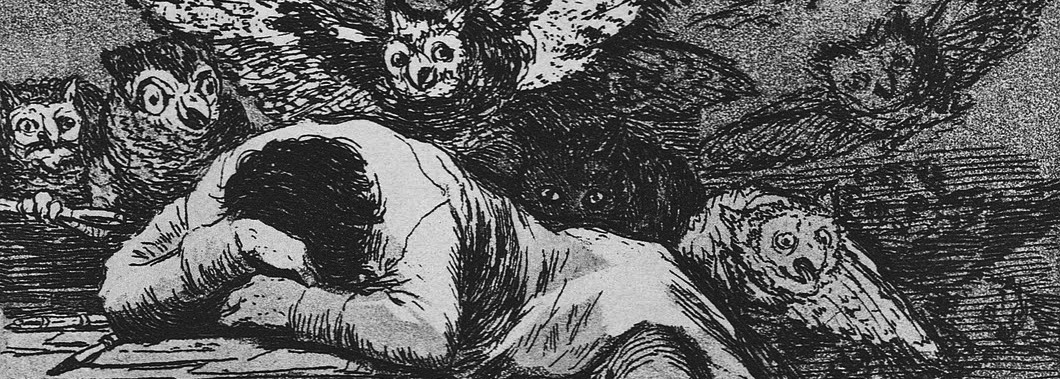Reading Borges I have to say was humorous in some ways. Interesting in others, but regardless of my feelings on the subject, he definitely is an excellent short story writer.
The Two Kings and Labyrinths was what really struck out to me. The labyrinth with many features, gilded and obviously complicated, could not compare to the absolutely featureless, yet so much more vast labyrinth that was the desert.
The South was very interesting. As we learnt in the lecture and as I noticed while reading the story, there was a sort of disconnect. It was as if the guy wasn’t actually there and it made sense since it is implied he died in the sanatorium. The language used, the subtle hints, Borges was a master at that.
The Library of Babel? Blew my mind. Books upon books, overlapping books, somehow unimportant due to the massive overlap, yet somehow important because each one is ever so slightly different.
Pierre Menard’s Don Quixote perplexed me. I understand it a little more after today’s lecture. The idea that if it was written by Pierre Menard, in a different time, by a different person, would the meaning be the same? Just because you change the milieu it came out of, does the story’s meaning change as well?
Emma Zunz made me go Huh? But now that I reflect on the lecture I kind of get it. Everything she said was true… to an extent, but what was changed was the milieu, the setting, the circumstances… which meant that everything else.. was false? Or was it true?
I am eager to discuss this in the seminars, if I can make it out of bed tomorrow because I feel absolutely horrible.
